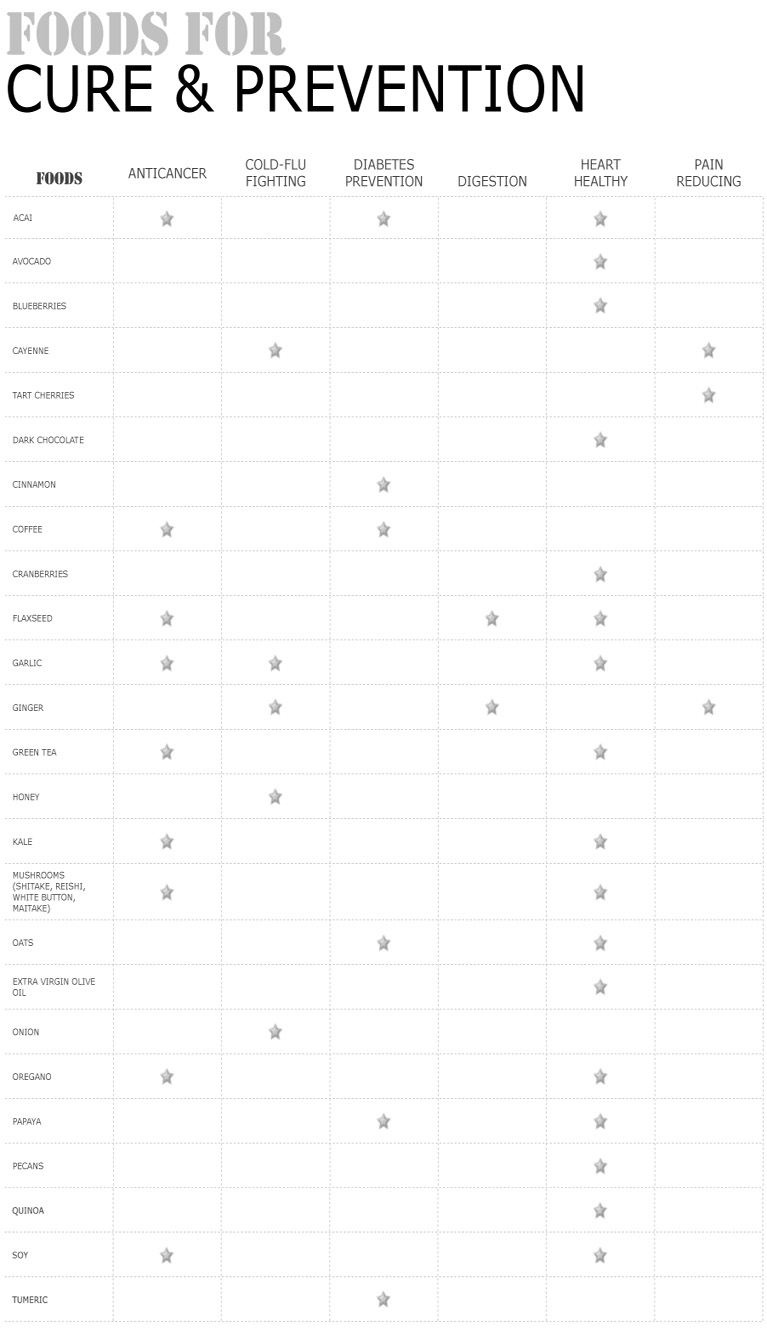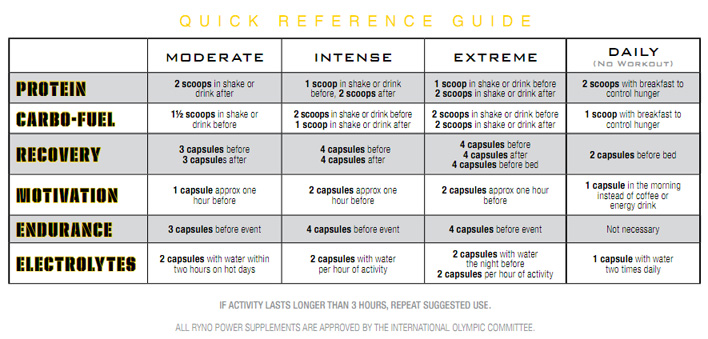Sugar has only become available in the last 400 years. I guarantee most of us would not have any idea what to do with a piece of sugar cane, other than whack someone with it! You would never know there was sweet stuff in there! Due to the processing necessary to make what we know as sugar today, it is a very expensive and was once only afforded by the rich. In the “olden days”, if someone was overweight, you knew they were wealthy!
Today, Americans consume an average of 150-170 pounds of sugar each year! This in part explains the obesity problem in the United States, with over 60% of the population being overweight at epidemic proportions. We are actually seeing 6-month-old babies at the level of obesity in the U.S. and evidence has shown that sugar is a major factor in this as well as in most disease.
First off, it’s true that your body converts all foods to glucose. However, there is an important difference between sugar and those other foods…meat, fruits, and vegetables all have vitamins, minerals, enzymes, and amino acids. Sugar does not have any of these to assist in its digestion and absorption. As a result, metabolizing refined sugar puts the body at a severe nutritional disadvantage.
Sugar depletes minerals in the body, lowers your pH, causes cavities, stresses your adrenals and your nervous system, increases inflammation, has been linked to cancer, osteoporosis and diabetes, as well as many other diseases, interferes with normal hormonal function, taxes the immune system, leads to insulin resistance (that mean’s your ability to actually loose pounds becomes HARDER!) and is highly addictive.
It has been argued whether sugar can be classified as an actual drug, like tobacco or prescription drugs like Vicodin, in part due to the fact that it is so highly addictive. Sugar “is a depressant and, consumed in large amounts, it affects the opiate receptor sites in the central nervous system” (Mumey and Hatcher, 1987, p. 104). There is also physiological and psychological evidence that sugar acts on the brain much like licit and illicit drugs do. Alcoholics might spend most of their day thinking about alcohol, planning elaborate schemes to get their hands on a drink. They may also not be capable of having only a few drinks, but rather need to ingest massive quantities of the drug in order to feel good. Sugar junkies, similarly, will often have plans as to how to get their next fix and once they start eating cookies or doughnuts, they are often compelled to eat more of these foods than the average person in order to satisfy their appetites (Mumey and Hatcher, 1987, p. 106). “Addiction is characterized by a pattern of compulsive, uncontrollable behaviors that occur at the expense of most other activities and intensify with repeated cycles” (Avena and Lone, 2005, p. 359).
Consuming sugar daily leads to the beginning of degenerative disease. The body is in a constant state of acidity and minerals are depleted from the body’s tissues (the bones and teeth) in order to lessen the acidic environment. Eventually so much calcium is depleted that tooth and bone decay is certain. The excess sugar is stored in the liver as glucose, but eventually it fills to capacity and the excess glycogen returns to the blood as fatty acids, where they are taken and stored throughout the body as fat in the belly, buttocks, breasts and thighs. Once these areas are full, these fatty acids are then stored around the organs, causing them to slow down and leading to dangerously high blood pressure.
The worst culprit in the sugar category is High Fructose Corn Syrup (HFCS). This is used today to sweeten soda, juice and almost any processed food you can find on the shelf today, including most baby formulas.
High fructose corn syrup is a liver toxin. It is metabolized in the body the same way alcohol is metabolized. The brain metabolizes alcohol, so you get effects that you can recognize almost immediately and we call it intoxication. Effects like impaired judgment, slowed response time impaired motor function, etc. But fructose is not metabolized by the brain, so you don’t notice that is affecting your body the same way alcohol is. Drinking a can of soda does the same thing to your liver that drinking a can of beer does, only the affects take longer to see and are highly detrimental. You may be a person who doesn’t believe in drinking alcohol because it destroys your body, but fructose will destroy your body in the very same way, with no obvious affects at first. And to think most people have no problem giving their children juice or soda! That’s food for thought, especially since most of us would never let our 5 year old have a beer!
When your body breaks down fructose, it can cause fatty liver disease, which raises your cholesterol, and fructose actually deactivates a substance in your body that prevents high blood pressure, leading to hypertension and high blood pressure. Insulin resistant isn’t far off after that, which in turn develops into diabetes. As long as you are ingesting HFCS or sucrose (table sugar) you will be unable to cure yourself of high blood pressure, heart disease or diabetes.
So, I certainly hope you will take all this information into account. However, this doesn’t mean you should turn to drinking diet sodas either…ASPARTAME is a NEUROLOGICAL TOXIN. So you have the choice of using a liver toxin (sugar) or a neurotoxin (aspartame)…or you could just give up soda and juices altogether and opt for herbal teas, sparking water with a squeeze of lemon or orange or just get used to drinking good ol’ H20! You are made up of about 90% water, so it seems to be the best choice anyway.
So to clarify about fruits…Eating whole fruits do not cause the same problem as HFCS or table sugar because fruits contain vitamins, minerals, enzymes and antioxidants that help metabolize the fructose.
Some effects of sugar on the body are:
-Increases overgrowth of Candida yeast organism.
-Increases chronic fatigue.
-Can trigger binge eating in those with bulimia.
-Increases PMS symptoms.
-Increases hyperactivity in about 50% of children.
-Increases tooth decay.
-Increases anxiety and irritability.
-Can increase or intensify symptoms of anxiety and panic in susceptible women.
-Can make it difficult to lose weight because of constantly high insulin levels, which causes the body to store excess carbs as fat.
The chances of acquiring one of these side effects or diseases increase ten-fold with regular sugar consumption:
- Colon cancer
- ADD/ADHD
- Food intolerance
- Bone loss
- Violent tendencies
- Behavioral problems
- Cancer (tumors grow from sugar)
- Heart disease
- Liver disease
- Kidney disease
- Atherosclerosis
- Neurologic disorders
- Diseases of malnutrition
So, if you can’t eat sugar, what can you eat? Trust me, you won’t crave it as badly once you wean yourself off it. It’s not easy, but once you do it, you will feel SOOOOOO much better! Here are a few alternatives to sugar:
Unprocessed, unfiltered honey-has chunks of beeswax and you can not see through it…do not buy pasteurized honey, it is depleted of all the good stuff!
An herb 1000 times sweeter than sugar.
Minimally processed and raw.
You can use in season or dried fruits to sweeten foods…don’t use sulfured fruits though. No bueno!
If you are really needing or craving a little chocolate (trust me, I get it!) a great alternative is 70% or more cocoa, dark chocolate. It is full of antioxidants and a little now and then won’t kill you.
What to look for in foods: Food companies are sneaky with getting this stuff in…take a look at this list and memorize it before your next grocery store trip!
- Brown sugar
- Corn sweetener
- Corn syrup
- Corn syrup solids
- Dextrose
- Fructose
- Fruit juice concentrate
- Glucose
- High Fructose Corn Syrup
- Honey
- Invert sugar
- Lactose
- Maltose
- Malt
- Malt syrup
- Maple sugar
- Maple syrup
- Molasses
- Raw sugar
- Sucrose (table sugar)
- Sweetened carob powder
- Turbinado
The key is “MODERATION” to everything…day to day, limit your intake of sweets to fruit and healthy sweeteners if needed. You are going to have a day here and there that you will want to eat something sweet, that’s normal. Just moderate it!


